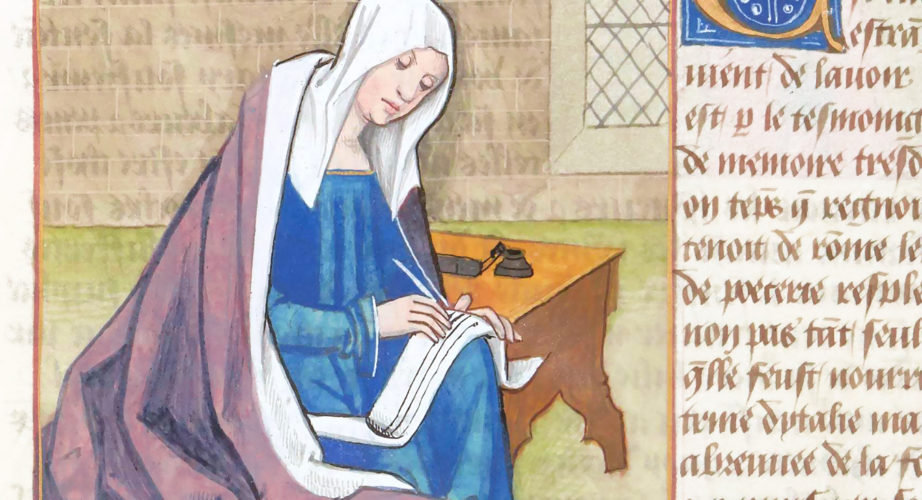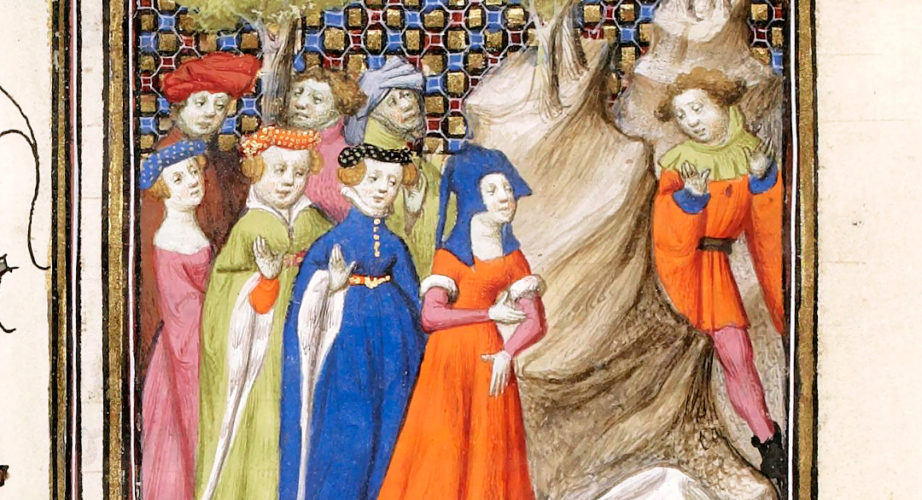Artemisia

Today is the last Wednesday of the month: time for yet another Women's Wednesday! Our guest this time is Artemisia, Queen of Caria... or should we say "guests"? In his telling, Boccaccio actually merges two different queens of Caria, Artemisia I and Artemisia II, whose reigns were more than 100 years apart. By taking major elements from the story of each woman, the author creates his version of Artemisia.
Artemisia I was Queen of Caria (in modern Turkey) around 480 BC; she took the throne following the death of her husband and is mostly known for the great respect the legendary Persian King Xerxes had for her, as a person but mostly as a warrior. She was the only female commander under King Xerxes - leading her own fleet of five ships. Her decisiveness and intelligence, together with her name, made so her character overlapped with that of Artemisia II, a mistake made by Boccaccio himself - but even by ancient authors like Polyaenus.
Artemisia II, much like her predecessor, was a skilled naval commander who became ruler of Caria after her husband's death. In addition to her military deeds, however, her fame came from her grief at the death of her husband (and brother!), Mausolus. To perpetuate his memory, she ordered the construction of the famous Mausoleum at Halicarnassus, later included in the Seven Wonders of the Ancient World: the very word "mausoleum", in use even today, also derives from the name Mausolus. Artemisia's grief also took more bizarre forms: the queen is known for having cremated her husband and, believing not even her Mausoleum would ever be worthy of containing his ashes and soul forever, made herself into a "living tomb": in order to reunite with her love, she mixed his ashes with her daily drink - thus gradually finishing them over the course of two years.
“Artemisia”, illumination from the manuscript “Des cleres et nobles femmes”, ms. Spencer Collection 033, f. 31v, ca. 1450, The New York Public Library.
Historically and mythologically speaking, being in a powerful position (and perhaps also a…
The time has finally come for the very first Women’s Wednesday of 2021!…
Welcome back to another Women’s Wednesday! Our weekly Mulier Clara, much like Sappho…


